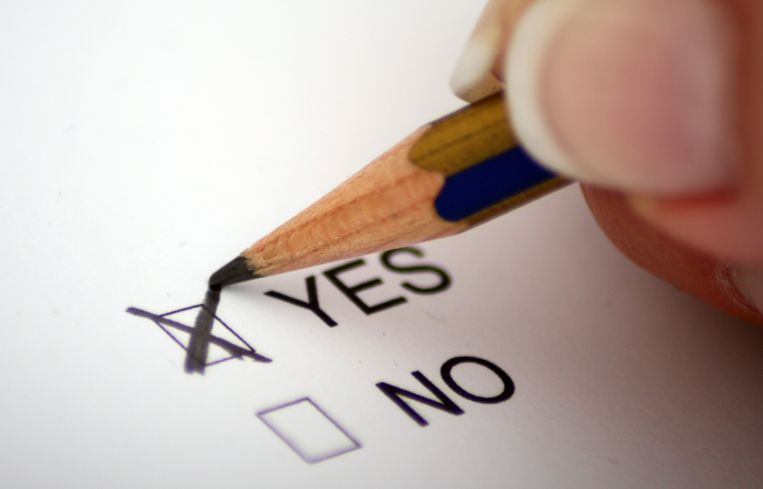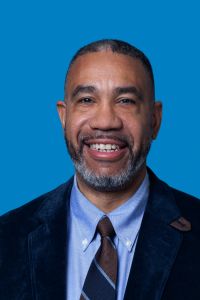Want More NYC Affordable Housing? Vote Yes on This November’s Ballot Questions.
By Kirk Goodrich September 29, 2025 2:04 pm
reprints
Over the past several years, I’ve watched New York City fall deeper and deeper into an affordability crisis as housing supply continually fails to keep pace with demand. Affordable housing developers like myself are uniquely positioned to help address this crisis and create the homes that working-class New Yorkers need and deserve.
Unfortunately, the roadblocks, hurdles, lack of political will, and bureaucratic red tape that stand in our way are delaying — and, at times, preventing — our projects from getting off the ground, prolonging a crisis that we know how to fix. All the while, our most vulnerable neighbors and hardworking New Yorkers struggle.
It’s long past time for New York City to chart a new path forward — one that recognizes the reality that working-class New Yorkers are experiencing, and that makes it quicker and easier to create the affordable homes they desperately need.

This November, every New York City voter will have the opportunity to be part of the solution by voting in favor of critical reforms to the New York City Charter. New Yorkers’ ballots will include five local amendments, four of which (Questions 2 through 5) directly address the housing crisis by making it faster, fairer and easier to build affordable homes throughout the five boroughs.
As an affordable housing developer for the past 15 years, I can tell you firsthand just how difficult it can be to bring a project to fruition. At present, any development that requires a change to the zoning of an area — the purpose the land is used for — must go through an approval process known as the Uniform Land Use Review Procedure. While the goal of ULURP is to incorporate public feedback, the unintended consequence is that many affordable housing projects are delayed for years, or are never able to get started. This costs New Yorkers homes, while wasting valuable time and money that could be devoted to solving the housing crisis.
Question 2 would help remedy this issue by streamlining the approval process for publicly financed affordable housing. Zoning changes for subsidized affordable housing projects would go through the Board of Standards and Appeals, rather than a full ULURP — cutting bureaucratic red tape that often delays or prevents these essential developments from being built.
On top of that, this question would also fast-track affordable housing creation by expediting the review process in the 12 community districts that currently create the least affordable housing. This is crucial, considering the fact that last year four City Council districts produced 38 percent of the city’s new affordable housing, while 10 districts produced fewer than 10 units, and two districts produced none at all. The historic housing crisis we’re facing requires an all-hands-on-deck approach, meaning every community must do its part to welcome the affordable homes their fellow New Yorkers need.
And that goes for our elected officials as well. For far too long, the fate of affordable housing has been determined by a local City Council member alone. Many affordable housing developers — myself included — have been deterred from pursuing projects in certain neighborhoods, knowing that they will ultimately be rejected by the local council member. It makes one individual the sole arbiter for critical affordable housing decisions that impact the entire city.
Question 4 would put an end to this by establishing an Affordable Housing Appeals Board — composed of the City Council speaker, the local borough president and the mayor. The Appeals Board would have the ability to reverse City Council decisions that reject or modify applications to create affordable housing, replacing the mayor’s veto for these housing applications. This would open up far more opportunities for affordable housing development and lead to a more equitable distribution of these homes across the city.
Questions 3 and 5 would also help unlock affordable housing in every neighborhood. The former would create the Expedited Land Use Review Procedure (ELURP), cutting public review time in half for projects that propose modest increases in housing and provide community assets, while the latter would digitize the City Map, modernizing this little-known resource and speeding up the processes it supports.
I have heard the argument that these proposals will introduce uncertainty into ULURP. The truth is, the status quo is failing New Yorkers. The city has a historically low 1.4 percent apartment vacancy rate and is seeking to build at least half a million homes by 2032 to meet demand. As it stands, we are not on track to meet this goal. It’s bad housing policy, bad social policy, and bad economic development policy to carry on like this. And it’s not fair to working-class New Yorkers in need.
While not a cure-all, the proposed reforms to the New York City Charter would put us on a much better path forward by making it quicker and easier to build affordable homes throughout the five boroughs. This November, help us take the future of housing into our own hands by voting in favor of Questions 2 through 5. Together, we will create a more affordable New York City for all those who are proud to call it home.
Kirk Goodrich is president of Monadnock Development.


